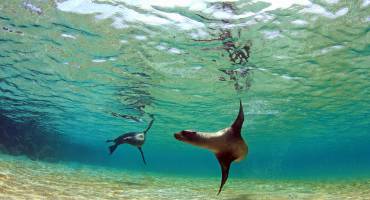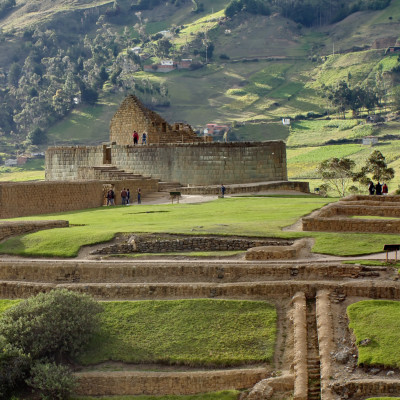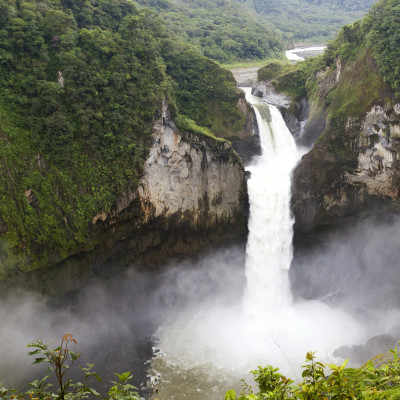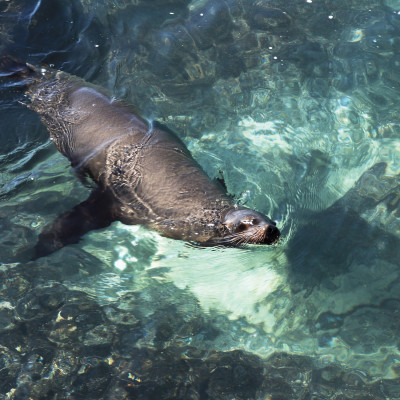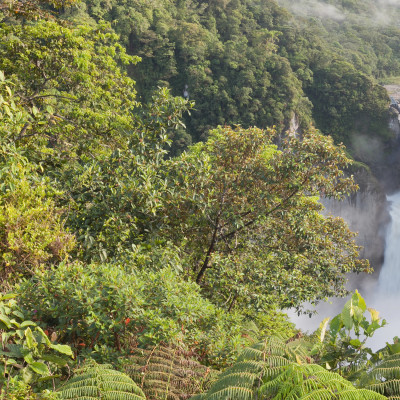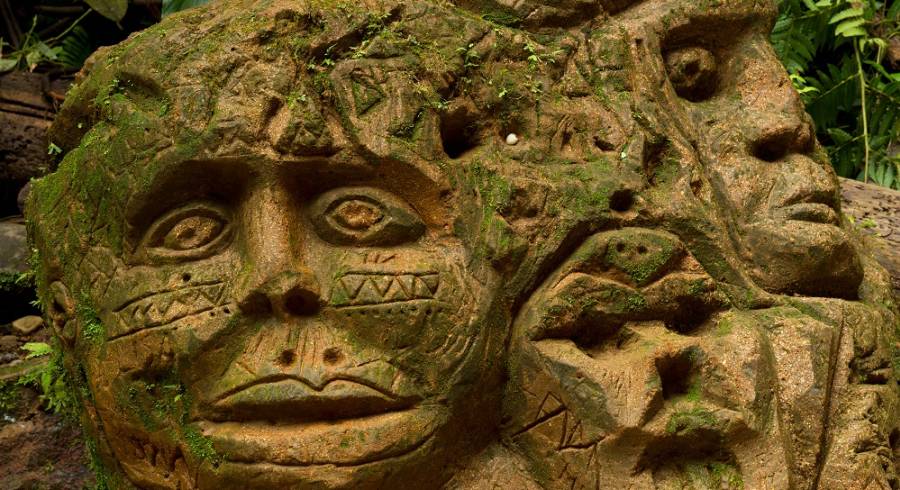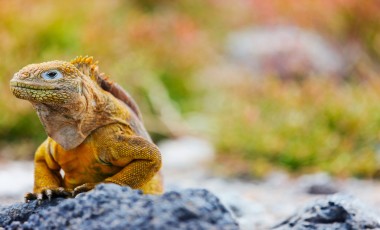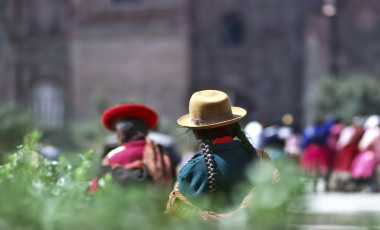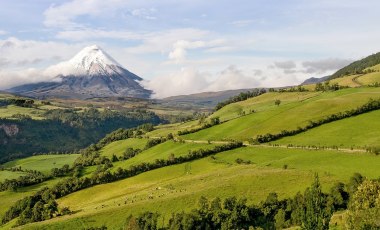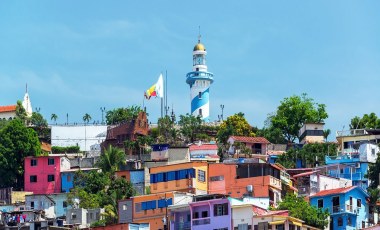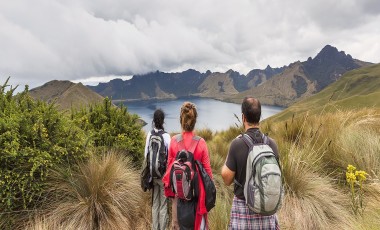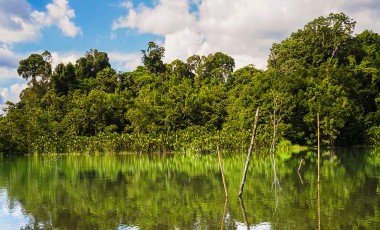Spanish conquest
In 1533 Quito was seized by Spanish conquistador Pizarro’s troops, who burned the city and built a new colonial capital on top. This preserved architecture is now the exquisite modern-day UNESCO World Heritage site, which you can visit on a private Ecuador and Galapagos tour.
The following centuries were dominated by Spanish colonialism. Ecuador formed part of the Viceroyalty of Peru and later the Viceroyalty of Colombia. The Spanish employed the encomienda system, a type of feudal society featuring haciendas or large estates held by wealthy Spanish landowners. The land was worked by native Ecuadorians in virtual slavery conditions. This type of economy held fast throughout the colonial era and gave rise to the chagra (Ecuadorian cowboy) culture that can still be found today in rural areas.
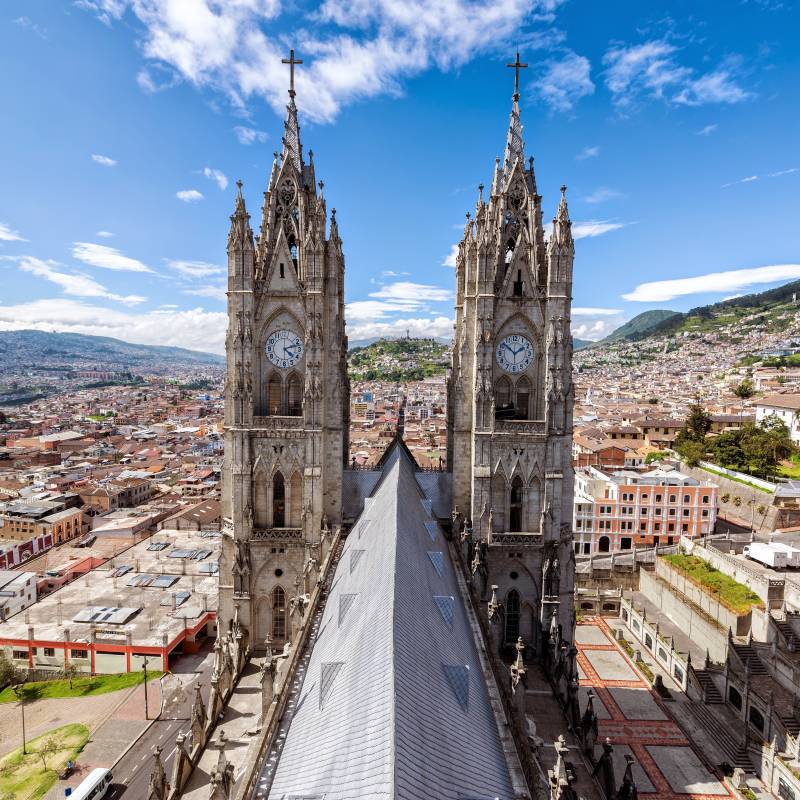
After independence
In 1822 Ecuador finally won their multi-year long struggle for independence when famed South American liberator Simon Bolívar joined Sucre and defeated the Spanish at the battle of Pichincha. After gaining independence, Ecuador was united with Colombia and Venezuela forming the union Gran Colombia, however Ecuador receded eight years later to form its own republic. The century that followed included a long-standing civil dispute between conservatives and liberals in Quito and Guayaquil, which frequently led to violence.
After leaders were assassinated, military coups took place and a period of military dictatorship marked the country for most of its modern history, making Ecuador and Galapagos tours nearly impossible for foreign nationals. In 1979 Ecuador returned to democracy and has remained since, though through some tumultuous years, and, needlessly to say, Ecuador and Galapagos Islands tourism has prospered.

Modern history of Ecuador
Current president Rafael Correa, first elected in 2007, a democratic socialist, has brought significant reform and significantly reduced poverty and unemployment through leftist policies and an effort to limit the influence of the US and multinational corporations in Ecuador. Correa is a controversial figure for his alignment with Venezuela’s Hugo Chavez and has been criticized for nepotism and curtailing freedom of speech, in spite of the positive strides made.

History of The Galapagos Islands
With lava-spewing volcanoes, no freshwater sources and strange creatures roaming free, the Galapagos Islands were considered demonic and shrouded in mystery.
In the 17th century the islands became a popular hideout for British pirates who looted Spanish ships and colonies. In the 18th century whalers used the islands as a food refueling stop, depleting many of the docile giant tortoise population to use for food on long journeys. Traffic became so heavy on the islands that a makeshift Post Office was set up on Floreana, that can still be visited today on a private Ecuador and Galapagos tour. In 1832 the Galapagos Islands were officially annexed to Ecuador and the first formal settlers began to arrive. The early pioneers set up small self-sustaining farms on Floreana and Santa Cruz.
Undoubtedly the most important event in Galapagos history was the visit by then young naturalist Charles Darwin, who was to discover Galapagos Islands for himself in 1835 aboard the HMS Beagle. Darwin’s meticulous studies and observations of the unique flora and fauna of the islands inspired his masterwork The Origin of Species and his famous Theory of Evolution that revolutionized science, religion and the world. The iconic animals of the Galapagos inspired Darwin and proved his thesis that species adapt and mutate to fit their environment, survive and thrive in it.
In 1934 Ecuador enacted the first legislation to protect the islands and they were shortly later declared a national park and the Charles Darwin Research Station was founded as a scientific station and to help rehabilitate the giant tortoise populations. Modern Galapagos has become a site for increasing tours as well as ongoing scientific study. Subsequent population booms have had negative impacts, and efforts to conserve the delicate ecosystems are of utmost important as you will notice during your Galapagos Islands vacation.

From the Blog

What if we were to tell you that there is much more to discover in Ecuador than the Galapagos? Let’s take you on a journey that goes far beyond Darwin’s islands.
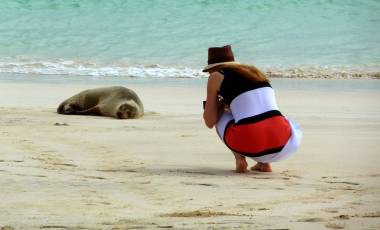
Looking to explore truly enchanting places on your customized South America tours? An archipelago of volcanic islands distributed on either side of the Equator in the Pacific Ocean and west of continental Ecuador, we provide our top 10 reasons to visit the Galapagos Islands.
Sorry, your search found no results.
Popular Trips to Ecuador & Galapagos

Retrace the footsteps of the great scientist Charles Darwin on this exciting journey through the Galapagos. Head out on land and sea excursions and come face to face with the most fascinating creatures. Feel the adrenaline rush when you snorkel with sea turtles, sea lions, fishes and even, sharks! An exhilarating yet safe adventure. Cruise…

Unearth natural and cultural delights on your Ecuador trip! Highlights of your tour include a blissful stay deep in the heart of the wild Amazon, a spectacular train ride to the Devil’s Nose surrounded by towering volcanic peaks, and deep insights into the regions Inca and Spanish colonial heritage at UNESCO World Heritage site Cuenca.
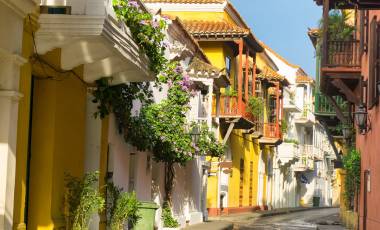
Discover rich cultural heritage as you travel through the colonial cities of Ecuador and Colombia, right from Quito in the Andean highlands to colorful Otavalo, and bustling Bogota to timeless Cartagena. Highlights of your tour include a visit to the incredibly biodiverse Yasuni National Park in the Amazon as well as a brief sojourn in…
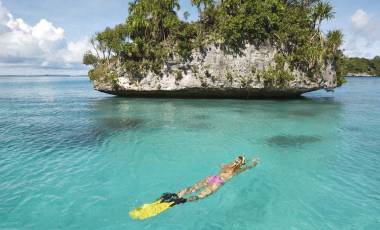
Follow in Darwin’s footsteps! Discover the unique flora and fauna of the secluded island paradise from the comfort of the some of the world’s most luxurious tents, during your Galapagos tour. An adventure awaits!

Arguably two of South America’s most scintillating spots are combined! Enjoy this Galapagos and Peru tour where you can indulge in unique living flora and fauna, and the renowned wonder of the world, Machu Picchu.
Sorry, your search found no results.
Best Places To Visit
Culture
During your Ecuador and Galapagos tour, you will find that sharp regional differences exist, namely between the people of the coast (costeños) and people from the Andes or serranos (sierras).
Cuisine
Prepare for a feast during your Ecuador and Galapagos tour. Often overlooked due to neighboring Peru’s culinary fame, the country’s cuisine is sure to most delightfully surprises visitors.
Best Time To Visit
There are several different climate zones in Ecuador and Galapagos, often close to each other. It is possible to experience several different types of climate on any given day during your trip. Discover the best time to travel to Ecuador and Galapagos.
